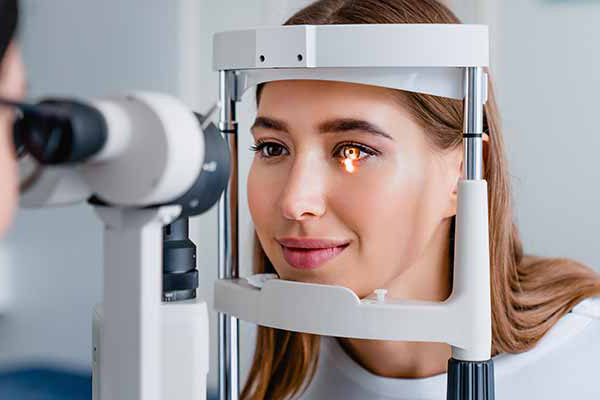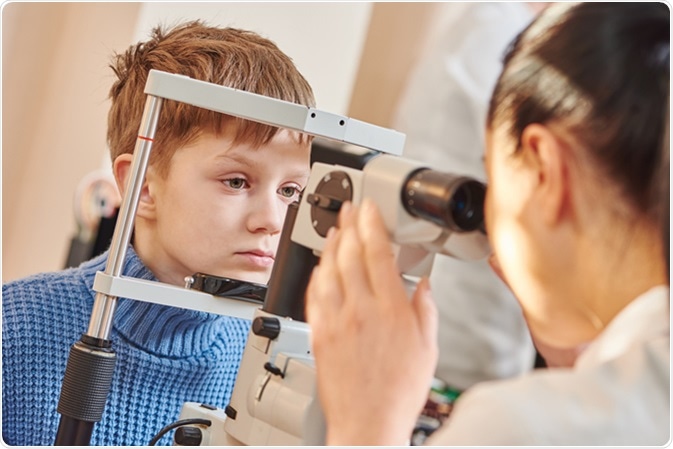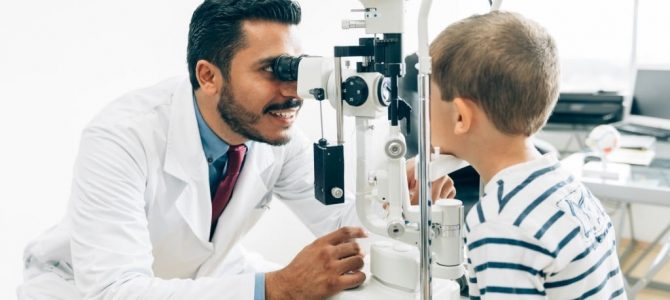The Complete Break Down of Retina Disorders and How They Affect Your Vision
The complex network of cells in the retina plays a critical duty in translating light right into the photos that enable us to perceive the world around us. Retina conditions can disrupt this fragile process, bring about a range of vision problems. Understanding the complexities of these conditions is vital for understanding exactly how they affect your vision and the prospective ramifications they may have on your overall eye wellness. By discovering the composition of the retina, typical conditions that can influence it, their reasons, signs, and readily available therapy alternatives, we can obtain beneficial understandings right into maintaining and safeguarding our vision.
Overview of Retina Makeup
The detailed structure of the retina works as the structure for visual assumption and plays a crucial duty in the process of converting light right into neural signals for the mind to analyze. Situated at the back of the eye, the retina is composed of several layers that collaborate flawlessly to promote vision. At the core of this complicated structure are photoreceptor cells called poles and cones. Poles are accountable for vision in reduced light problems and spotting movement, while cones are crucial for color vision and detailed visual skill. These photoreceptor cells transform light power into electric signals that are after that refined by other retinal cells, such as bipolar cells and ganglion cells. The bipolar cells transfer signals from the photoreceptors to the ganglion cells, which in turn send these signals with the optic nerve to the brain for visual handling. Comprehending the intricate composition of the retina is fundamental in comprehending how vision features and how various retina conditions can affect aesthetic perception.

Usual Retina Disorders
Retina problems include a variety of problems that influence the intricate framework of the eye accountable for aesthetic handling. One typical condition is age-related macular deterioration (AMD), a leading reason for vision loss in individuals over 50. AMD affects the macula, a component of the retina crucial for sharp central vision, causing blurriness or dead spots in the main visual field.
Another prevalent condition is diabetic retinopathy, happening in people with diabetic issues. High blood sugar levels damage the blood vessels in the retina, resulting in vision disability or blindness if left untreated. Retinal detachment is a significant problem where the retina retreats from its normal position, creating a sudden beginning of drifters, flashes of light, or loss of vision in a curtain-like pattern.
Lastly, retinitis pigmentosa is a group of congenital diseases that cause the failure and loss of cells in the retina, causing evening loss of sight and a steady constricting of the aesthetic area - eye doctors in andalusia. Understanding these usual retina conditions is crucial in preserving vision and seeking prompt medical treatment
Reasons of Retina Disorders
Various variables add to the advancement of retina conditions, consisting of hereditary predispositions, way of living options, and underlying health problems. Hereditary proneness play a substantial duty in several retina conditions, such as retinitis pigmentosa and macular degeneration. People with a family members history of these problems go to a greater danger of establishing them because of inherited hereditary anomalies affecting the retina's useful content feature.
Lifestyle options can additionally affect retina wellness. Smoking cigarettes, for instance, has actually been linked to an enhanced threat of age-related macular deterioration, an usual retina condition that can result in vision loss. Poor nutritional behaviors lacking important nutrients like vitamins A, C, and E, as well Get the facts as omega-3 fats, can additionally add to the development of retina conditions.
Hidden health and wellness problems, such as diabetes and hypertension, are known to impact the retina. Diabetic retinopathy, a problem of diabetes mellitus, can trigger damage to the capillary in the retina, causing vision disability. Hypertension can result in hypertensive retinopathy, where high blood pressure influences the blood vessels in the retina, possibly triggering vision troubles. cardiologist andalusia. Understanding these causes is important in protecting against and managing retina disorders.
Signs and Medical Diagnosis
Offered the significant impact that creates such as hereditary tendencies, way of living selections, and underlying wellness problems can have on the growth of retina conditions, it is important to identify the signs and symptoms and utilize effective diagnostic techniques for early detection and management. Signs of retina disorders can vary relying on the certain condition but may include obscured or misshaped vision, the unexpected appearance of floaters or flashes of light, a dark area in the center of your vision, or a gradual loss of main vision. It is critical to look for instant clinical attention. if you experience any of these symptoms.
Detecting retina disorders generally includes a detailed eye exam, which might consist of visual acuity examinations, dilated eye tests, optical comprehensibility tomography (OCT), fluorescein angiography, or other imaging examinations. Your eye care service provider might also make inquiries about you can look here your case history and any type of family members history of eye conditions. Early discovery with routine eye examinations is key to stop vision loss and handling retina disorders successfully. Your medical care service provider will function with you to create a customized therapy strategy to preserve your vision. if diagnosed with a retina condition.

Therapy Options and Administration
Efficient management of retina problems includes a multifaceted technique that integrates tailored treatment alternatives to deal with specific problems and protect aesthetic function. Therapy choices for retina conditions vary depending upon the underlying reason and intensity of the condition. In situations of retinal detachment, surgical interventions such as vitrectomy or scleral fastening might be required to protect against and reattach the retina vision loss. For problems like age-related macular degeneration (AMD), treatments like anti-VEGF shots or laser therapy can help reduce illness progression and protect remaining vision.
Routine eye tests and early discovery of retina problems are essential for successful administration and treatment end results. People with retina disorders should work closely with their ophthalmologist to establish an individualized therapy strategy that resolves their specific needs and helps preserve optimal visual function.
Final Thought
Finally, recognizing the composition of the retina, usual conditions, triggers, signs and symptoms, diagnosis, and treatment alternatives is important in managing vision impairments. Retina conditions can dramatically influence vision and top quality of life, making very early detection and appropriate management important. By staying notified regarding these conditions and seeking proper treatment, individuals can much better preserve their vision and keep overall eye health and wellness.

Understanding the intricate anatomy of the retina is fundamental in comprehending just how vision functions and how various retina disorders can impact visual perception.
Retinal detachment is a major condition where the retina draws away from its regular position, creating an unexpected beginning of advances, flashes of light, or loss of vision in a curtain-like pattern.
Signs of retina conditions can differ depending on the certain condition however may include blurred or misshaped vision, the abrupt look of advances or flashes of light, a dark area in the center of your vision, or a steady loss of main vision.In final thought, comprehending the composition of the retina, common disorders, causes, signs and symptoms, medical diagnosis, and therapy choices is important in managing vision impairments.